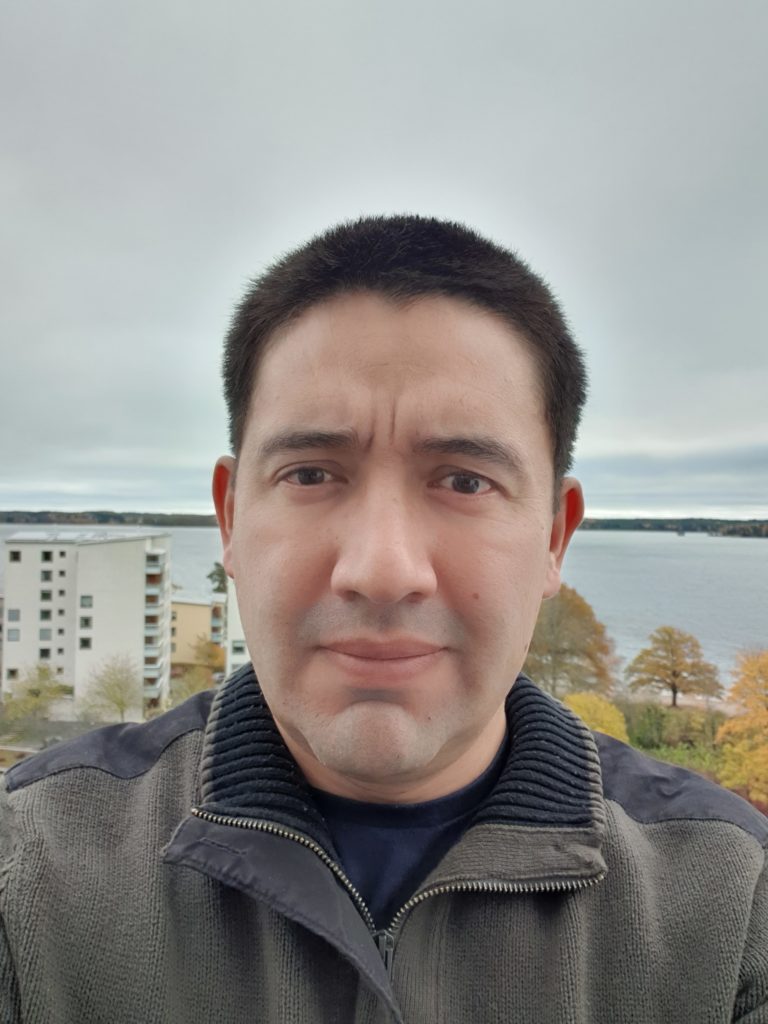- December 17, 2023
Saul Rodriguez Duenas
Programme Director Continuous lactate measurement and prevention of fetal hypoxia during delivery. Associate Professor at the integrated components and circuits (EKT) department at KTH Royal Institute of Technology.

What research do you do at MedTechLabs?
Fetal surveillance during labor aims at detecting early signs of evolving fetal hypoxia to avoid irreversible tissue damage. The fetal monitoring method currently used during labor consists of electronic fetal monitoring with cardiotocography (CTG). This method was developed in the 1960s and has several limitations. Therefore, it is complemented with blood sampling to estimate pH and/or lactate concentration. Continuous blood sampling of a fetus during labor is impractical, and therefore new methods are necessary.
Our goal is to develop a non-invasive embedded system for continuous lactate monitoring which is based on Magnetic Induction Spectroscopy (MIS) and that can be attached to the fetal scalp during labor. MIS technology for continuous monitoring of hypoxia is a novel method and several challenges need to be solved before it can be deployed in delivery rooms. First, it is required to develop an ultra-low power miniaturized sensor device that exhibits high sensitivity to small variations of lactate concentration. Accordingly, aggressive use of advanced microelectronics technologies and low-power circuit design techniques are necessary. Next, patient safety regulations limit the strength of magnetic fields that can be applied, placing serious constraints on the design of the electronics. Likewise, EMC standards limit the unintended electromagnetic emissions that a device is allowed to emit, a serious aspect to consider for an MIS device that will be surrounded by medical instruments. Finally, a robust attachment mechanism to the scalp is of paramount importance to reduce measurement artifacts.
What impact do you hope to achieve with your research?
Birth-related hypoxic injuries affect the equivalent of one to two school classes per year only in Sweden. A successful program will contribute to a new method to improve patient safety for women and their newborn children during labor and reduce the number of injured patients. Furthermore, MIS for continuous monitoring of hypoxia is a disruptive technology that can find use in other medical fields such as sports medicine, etc.
When would this research come to practical use for the patients?
The objective of this program is to demonstrate the technology in a relevant clinical environment (technology readiness level 6). A realistic time frame for deployment of a new medical device (technology readiness level 9) is around 10+ years.
What is Your professional background and Your motivation as a researcher?
I am an associate professor in electronics with a specialisation in bioelectronics at the Division of Electronics and Embedded Systems, KTH Royal Institute of Technology. I am interested in advanced microelectronics for medical applications with a special focus on miniaturisation and ultra-low power consumption. My research includes the design of integrated circuits for implantable continuous glucose monitoring, skin melanoma cancer diagnosis, and neuromuscular electrical stimulation, all in cooperation with industry.
Contact Saul Rodriguez Duenas: saul@kth.se

